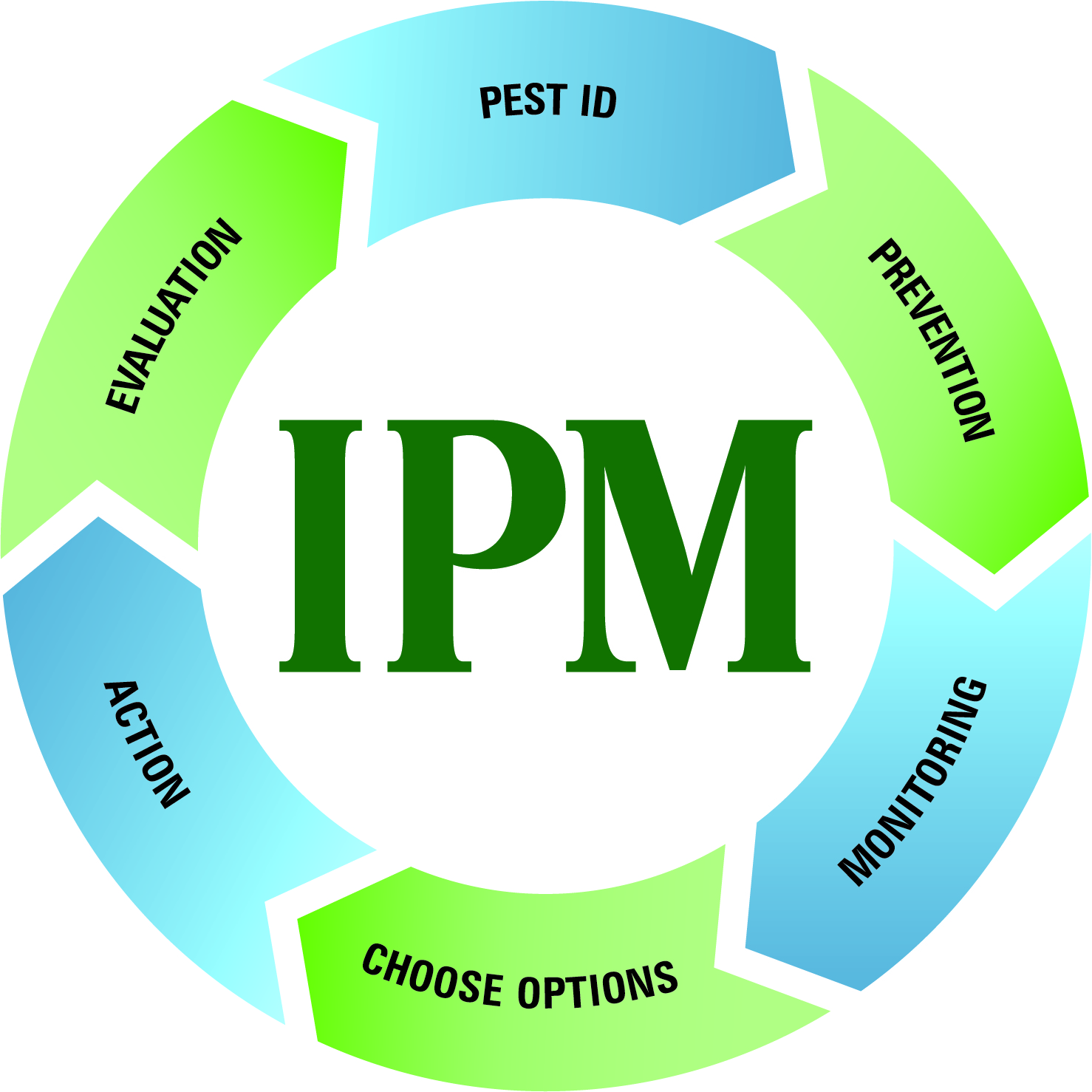Components of IPM

Components of IPM that are listed below are not all used in every situation. The more complex the farm or entity, the more of these components that are likely to be needed.
Pest Identification
Identification of pests is often the first crucial step in solving the problem. Whether your pest is a weed, insect, animal, microbe, or other organism, correct identification can determine if the organism is harmful, beneficial, or benign. Misidentification of pests is a common cause of pest control failure and crop damage. Correct pest identification can make management more effective, often saving time and money.
IPM Infographics
This gallery of IPM infographics is intended for educational use for communication about IPM in social media, posters, and presentations.

